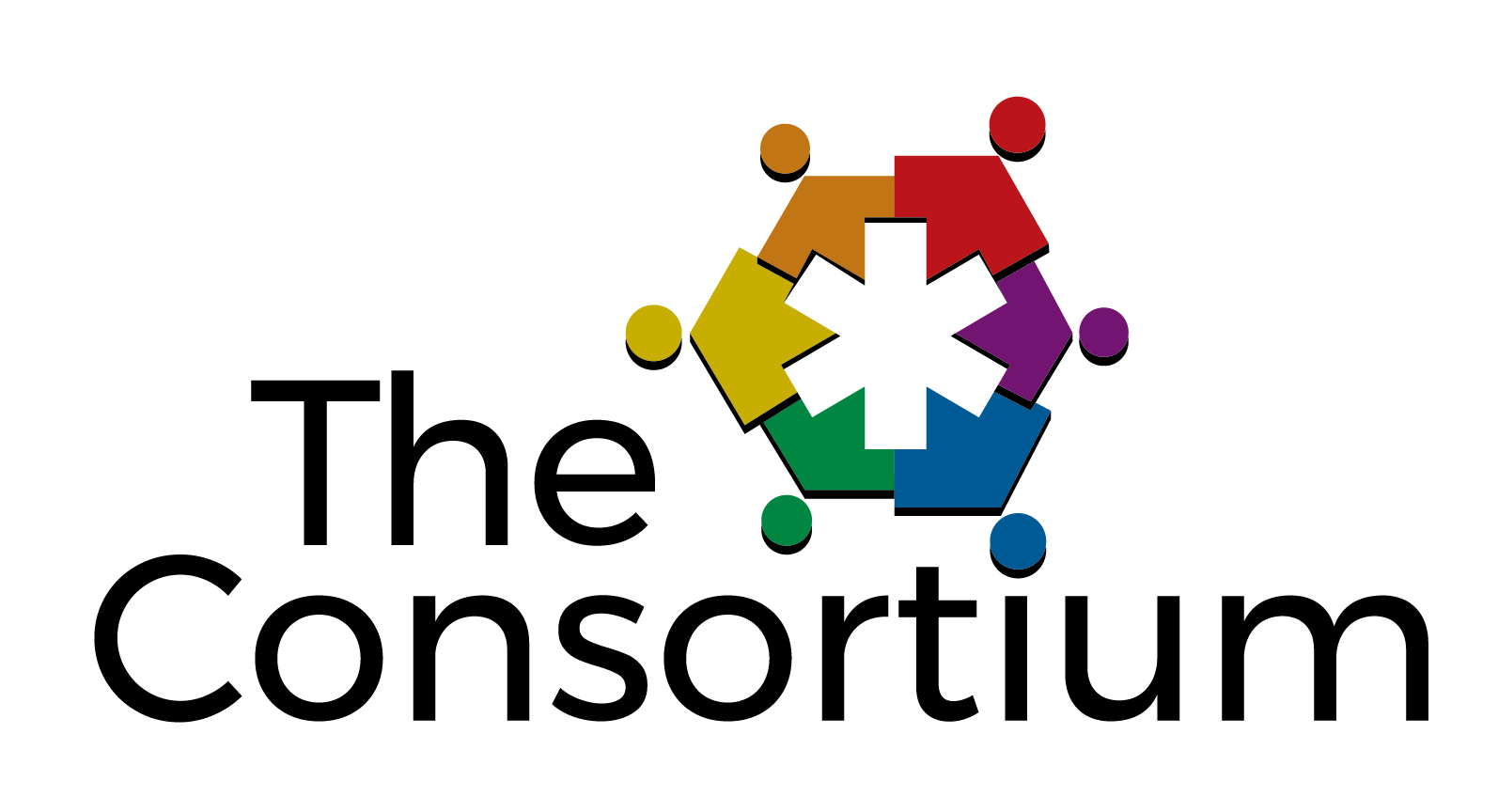Insurance Outreach & Enrollment Improves Educational Outcomes
Insurance Outreach & Enrollment
Yuri Torres moved her family to Colorado from Puerto Rico after losing everything in the devastation of Hurricane Maria. When they arrived, her 8 year old daughter, Dahlia, had developed a rash on her face that had started on her nose and began spreading. Concerned and needing immediate medical care for her daughter she discovered that not only had they lost their home, they had lost their health insurance; her insurance coverage in Puerto Rico was not valid in Colorado. Yuri had already enrolled her children in Jeffco Public Schools, and with the help of a Parent Family Liaison and the district’s Insurance Outreach and Enrollment Program which is funded through the School Health Services Program (SHS), Yuri was able to secure health insurance for her family and get Dahlia the medical attention she needed just a few days after applying.
From encouraging preventative services that support a child’s path to a healthy and productive future, to the security it provides during a medical emergency; access to health insurance for children and parents can help reduce the financial burden of high medical bills, decrease the anxiety associated with unmet healthcare needs, and help assure students are healthy and ready to learn.
Even with plenty of outreach efforts focused around enrollment, 1 out of 7 uninsured Coloradans says they don’t know how to get insurance; a rate that has remained unchanged from 2015.[1] By working within schools, as a Parent Family Liaison was able to do for Yuri, there is opportunity to significantly decrease the number of children and families currently living without health insurance. Nearly half of the families who are eligible for Medicaid and Child Health Plan Plus (CHP+), but remain unenrolled, have at least one student in school.[2] According to a study focused on parents with children eligible for public insurance, over 50% said they were more likely to enroll in insurance if it could be done through their school or child care center[3].
Additionally, studies have proven a connection between insurance expansion and increased academic performance for students.[4] Children who have health insurance miss fewer classes and perform better in school than those who are uninsured. With health insurance, they can get the immunizations, check-ups, eye exams, dental visits, mental health services, and other care they may need to fully participate in classroom, after-school, and summer activities. Children who do not have health insurance are less likely than other children to receive vaccinations against preventable disease, treatment for chronic illness, and access preventative health care services to lower the long-term costs associated with persisting health problems.[5] In addition, poor health negatively impacts children’s school attendance and performance, which by extension may limit employment opportunities during adulthood.[6] Educational attainment “is not only a predictor of adult success; it strongly predicts adult health outcomes”.1
Because of this connection between academic performance and health care, schools and organizations that work with students are important partners for successful school-based outreach. By developing and strengthening these connections schools can connect students and families to individuals and programs that are able to enroll more students in free or low-cost insurance and build a foundation for a successful education and healthy future.
Although notable achievements have been made toward increasing the number of children with health insurance in Colorado, many challenges persist. From 2013 to 2015, the number of children living in Colorado without health insurance decreased by 35%, however in 2016, more than 38,000 children under the age of 18 that were eligible for Medicaid, CHP+, or the Advanced Premium Tax Credit (APTC) remained uninsured1 Further, the number of underinsured households, those who have coverage but spend “10 percent or more of their annual income (5 percent of income for those below 200 percent of the Federal Poverty Level)” on medical services, has increased every year since 2011.[1]
Additionally, low-income and minority groups are disproportionately represented among uninsured Colorado residents reporting a lack of access to information about health insurance enrollment processes.1 For example, the percentage of uninsured Hispanics living in Colorado reached 10.4 % in 2017.1 This percentage is almost double the rate of non-Hispanic white residents and demonstrates that, despite significant gains in coverage in recent years, Hispanic residents in Colorado are a growing share of Americans without health insurance.[1]
The Alliance and our partners work to develop strong relationships with leading organizations in education and children’s health care to disrupt the cycle of poverty by fostering student health within the educational environment. This work is essential because research repeatedly demonstrates that children without health insurance experience adverse health outcomes that extend well beyond childhood.[7] Efforts to increase the number of children with health insured insurance is a long-term investment in the personal, academic, and professional achievement of Colorado’s youth.
[1] Colorado Health Institute. “Colorado’s New Normal.” 2017 Colorado Health Access Survey, September 2017. https://www.coloradohealthinstitute.org/research/colorado-health-access-survey
[2] Linda Blumberg, Michael Karpman, Matthew Buettgens, and Patricia Solleveld, “Who Are the Remaining Uninsured, and What Do Their Characteristics Tell Us About How to Reach Them?” Urban Institute, March 2016, https://nationaldisabilitynavigator.org/wp-content/uploads/resources-links/UI_Who-Are-The-Remaining-Uninsured_March-2016.pdf
[3] Cover the Uninsured. School-Based Outreach. Retrieved from http://covertheuninsured.org/files/u4/SchoolBasedOutreach.pdf
[4] Sarah Cohodes, Daniel Grossman, Samuel Kleiner, and Michael Lovenheim, “The Effect of Child Health Insurance Access on Schooling: Evidence From Public Insurance Expansions,” National Bureau of Economic Research, May 2014, https://www.nber.org/papers/w20178
[5] American Academy of Pediatrics, “Health Care Issues for Children and Adolescents in Foster Care and Kinship Care”, September 2015, http://pediatrics.aappublications.org/content/early/2015/09/22/peds.2015-2656
[6] Ferguson, “Impact of Poverty on Educational Outcomes”, Pediatrics and Child Health, US National Library of Medicine National Institutes of Health, October 2007, https://www.ncbi.nlm.nih.gov/pmc/articles/PMC2528798/
[7] Szilagyi, “The Scientific Evidence for Child Health Insurance”, Pediatrics and Child Health, US National Library of Medicine National Institutes of Health, September 2015, https://www.ncbi.nlm.nih.gov/pmc/articles/PMC4571275/


